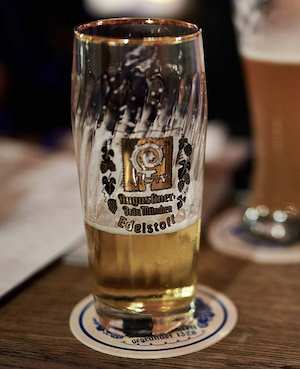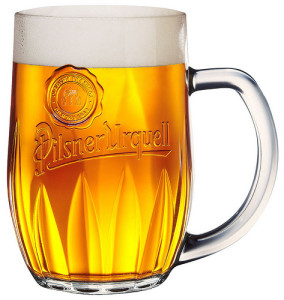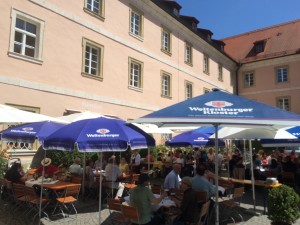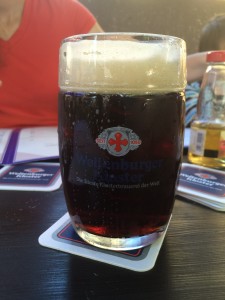This site is dedicated to German beer brewing, beer culture and German culture in general. Beer is such an integral part of German culture that anything goes. For discussion of brewing questions, recipes, ingredients and ideas on process and technique. Please tell us your stories about Germany, German beer reviews and travel adventures.
![]() You can also find us on our popular and fun German Brewing Facebook group.
You can also find us on our popular and fun German Brewing Facebook group.
And don’t forget to check out our Forum for discussion about all things German beer related, including brewing process and techniques, styles, recipes, and German food and culture discussion.
The forum requires registration before you can access all of the content and post. We have one section, the Biergarten, which is open to all.






